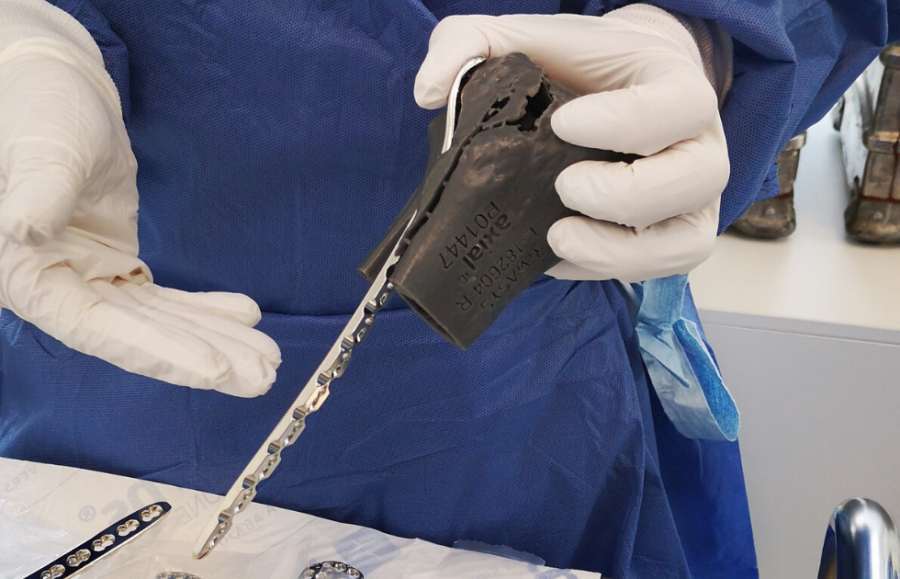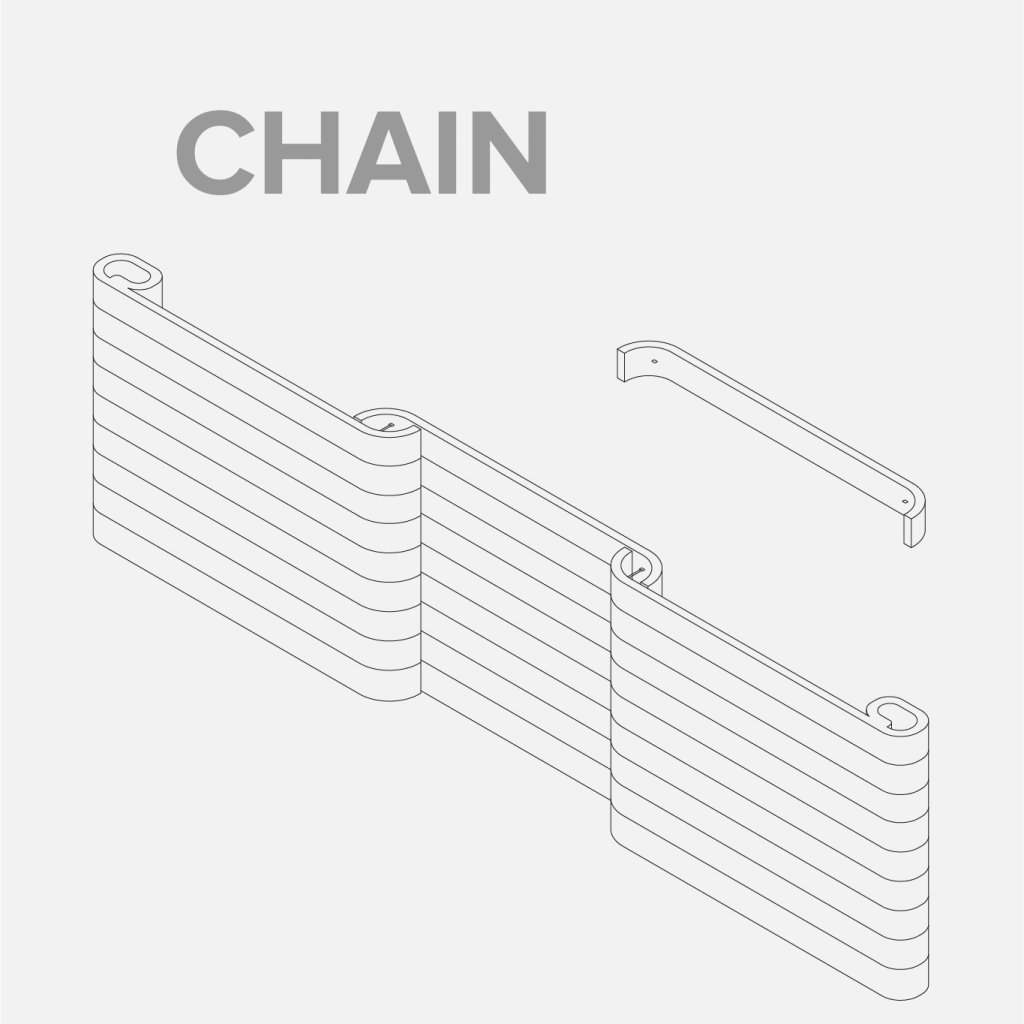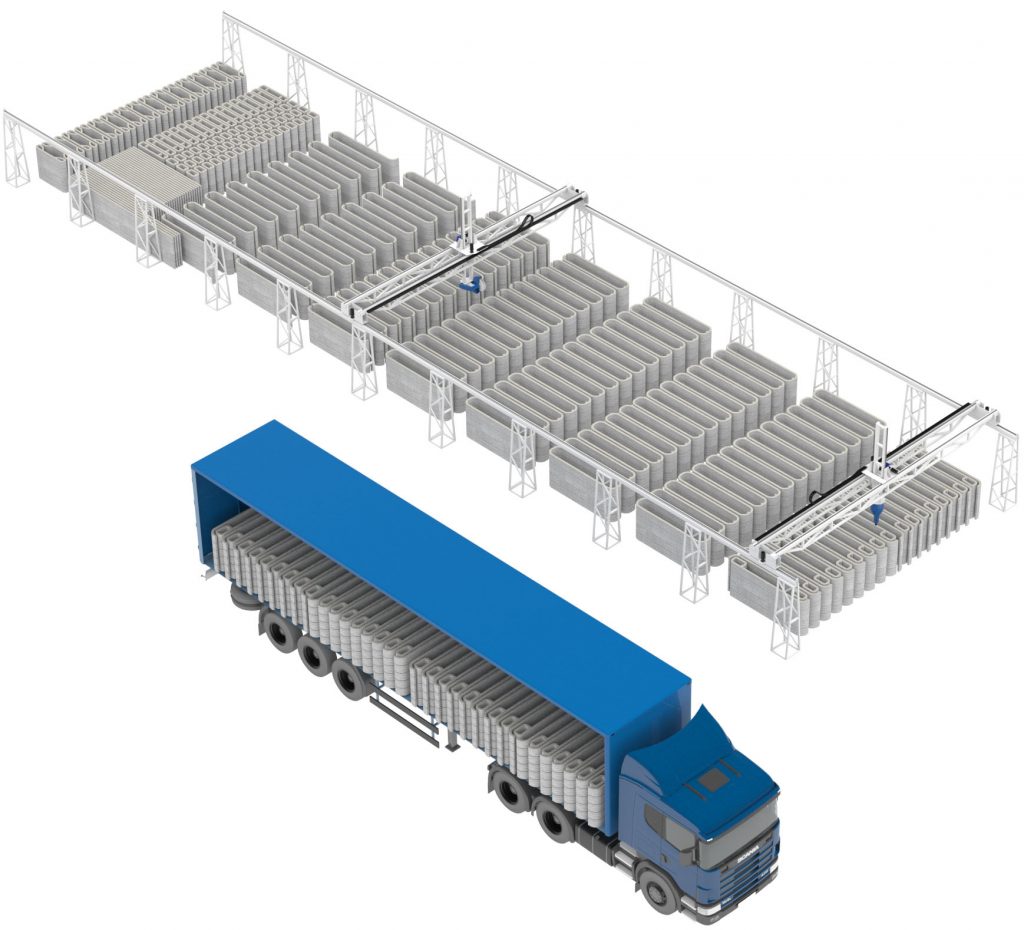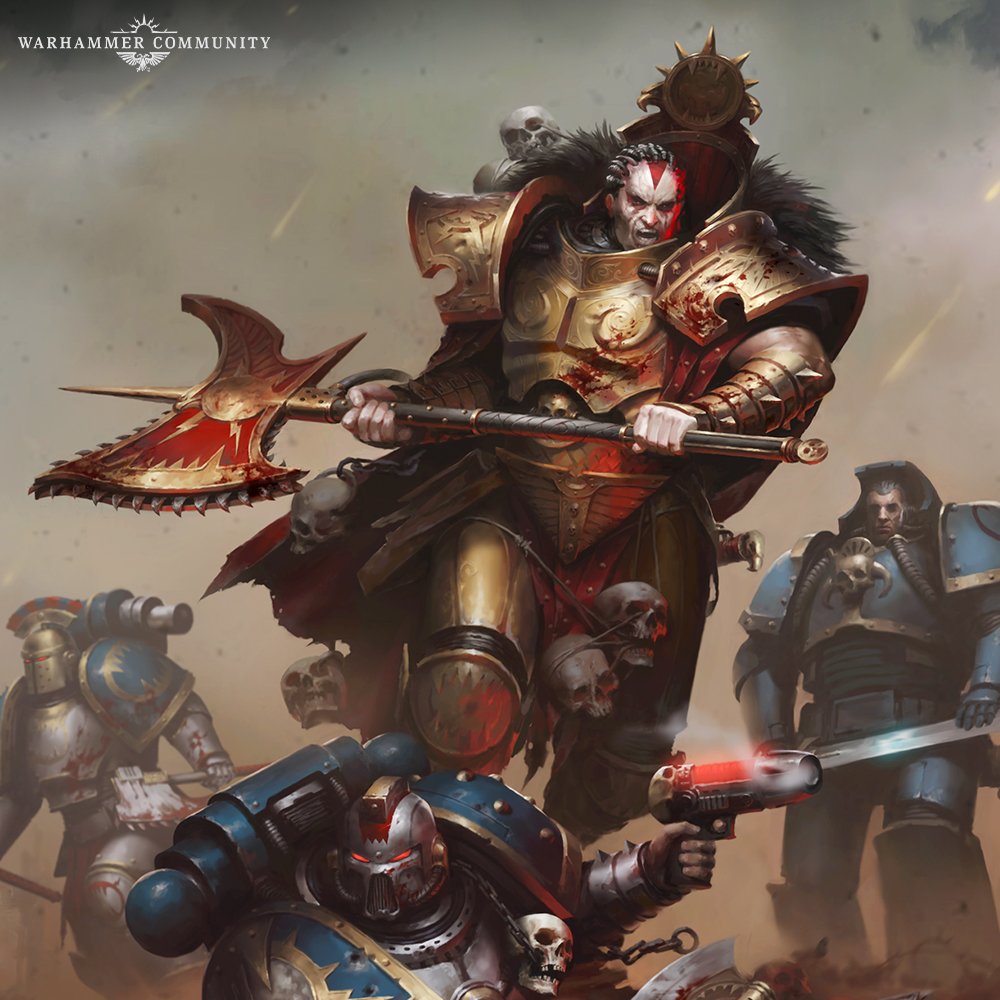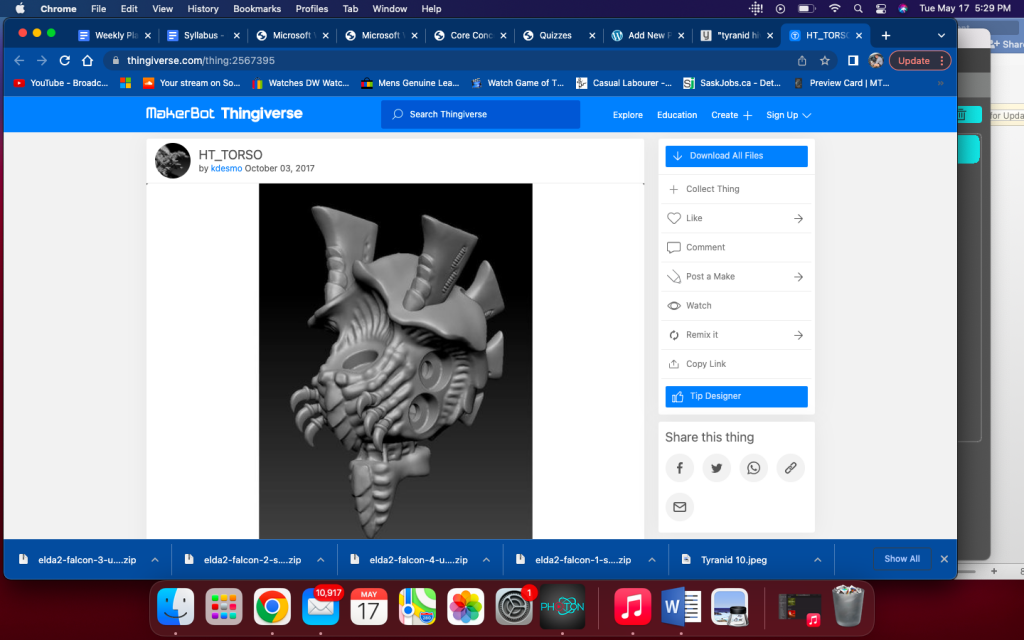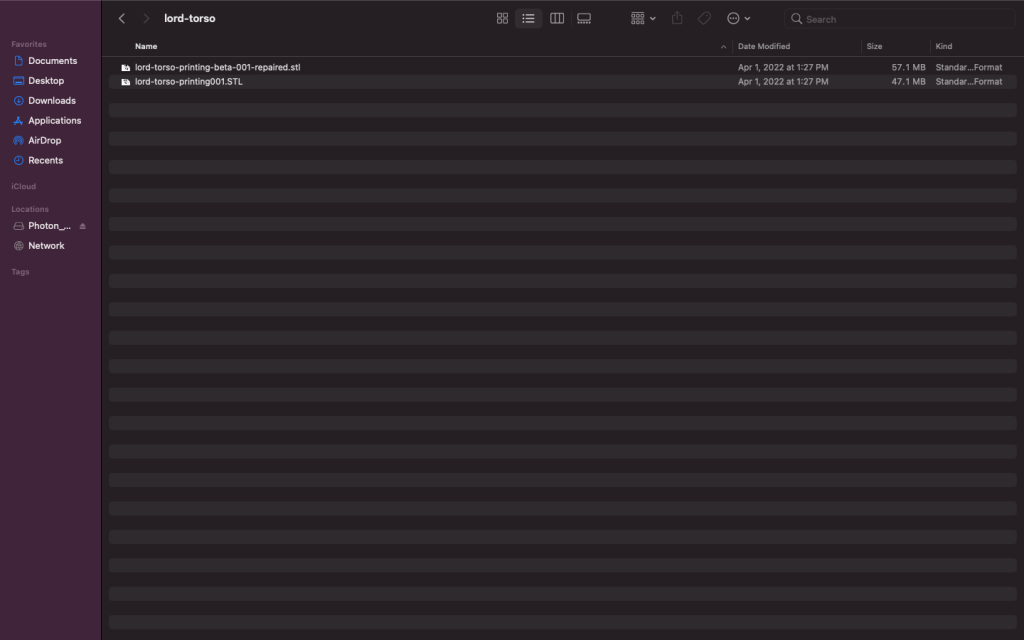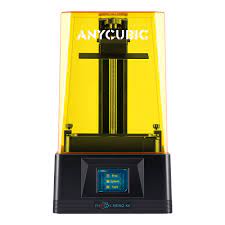The end of the beginning..
The semester is coming to an end, and although it was stressful I have developed several useful skills I will be implimenting in the future. As part of the EDTC 300 course we were tasked with picking and developing a skill, and blog about our progress throughout the semester.
I have been eying up 3D printers for quite some time, so I figured this course was the perfect excuse to buy one. The skill I focused on throughout the semester was learning how to operate the machine, and let me tell you.. it was alot more work than I thought it was going to be.
I had, and continue to have, significant amounts of failures. However, that is part of the learning process and I am grateful I had the chance to crashcourse this technology. It was expensive, the health implications are dubious at best, and the failed prints were demoralizing.
Now that I have my whining out of the way, I can confidently say that I believe in this technology and whole-heartedly believe it will be a staple in many workplaces in the future. I also believe that teaching students how to use this while they are in high school will set them up for success. All of my pain and suffering was so I could have a greater understanding of this machine, and make the mistakes that my future students can learn from instead of making them themselves.
Learning project recap
Week 1 and 2: Introduction, inspiration, intention, and goals.
Week one was an introduction to my topic, my learning goals, and the reason I chose this topic.
Week 2 consisted of my first mistakes, and an overview of what went wrong and how it could be prevented in the future.
Week 3 I continued where I left off with week 2s blog. I gave a detailed explanation of what 3D supports are, their critical role, and showed what happens when models are supported.
Week 4 consisted of another shot at the first model. This time it was a successful print.
I spent this week making a youtube video walking everyone through the process of using a 3D printer.
I used week 5 making another, more detailed video to refine the video editing skills. Tutorials will be crucial for teaching this skill in the future.
The sixth, and final blog post, was a short essay explaining why this technology is crucial to the future, how students will aplly this information, and applications of this skilll in several professional fields.
The learning process was slow, and required failures to hone my skills. It is hard to quantify the improvement other than anecdotal evidence.
The print failure rate has dropped to less than 10% (roughly 1 in ten still fail due to used error), but this is down from 60% (which also included the time I failed so hard I broke the printer and needed to return and get a new one).
Reflections on the process of learning online.
The 3D printing community is still incredibly small, and finding a tech focused community in central Saskatchewan is about as hard as it sounds. Luckily, I was able to access websites and videos that walked me through the process. It also allowed me to ask questions annonomously without feeling embarrassed.
I enjoyed creating models, printing them, painting them, and posting them to the internet all from the comfort of my own home. The feedback loop was a great motivater, and it allowed strangers to give me feedback which helped me fix problems I didn’t even know existed.
The feedback on the social media sites helped keep me excited to 3D print and paint more models. It also embedded me into an online community that promoted the future applications of 3D printing.
Final thoughts
What started with infatuation after seeing a 3D printer in the library at the university and the new lab at one of the highschools, ended in me developing a new skill. When I eventually get a job teaching I would love to teach students how to use 3D printers, and with the evergroing field and access to this resource I predict I will have that opportunity. With greater access to the tech, students will require teachers that have the know-how and the proficiency to properly pass on that information to the students.
I am happy that this course gave me the opportunity to get better at something that has applications in the field I plan to work in. In addition to using this skill in a professional capacity, 3D printing is a hobby unto itself. I have come to enjoy finding models to print, and it has granted me access to an infinite well of potential models to paint. I have meshed two of my hobbies together, and I do not foresee myself ever being bored while at home again.

